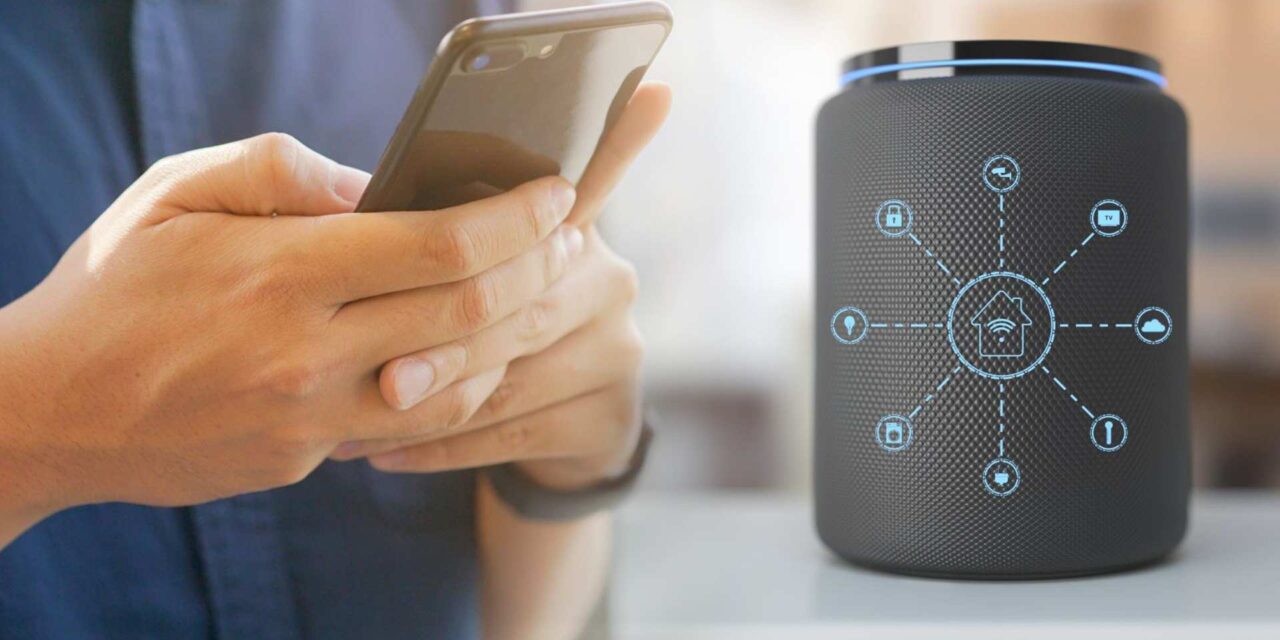With this increase in awareness comes hope that device manufacturers will also be more fastidious in bug/vulnerability discovery and patching
Based on quantitative online research with 21,645 owners of smart home devices in 21 countries, one cybersecurity firm is noticing that respondents aged 25 to 34 (Millennials) cared most about the security aspects of such automation.
The greater willingness to accept responsibility for the protection of smart gadgets at home can be explained by respondents’ fears of being hacked.Some 56%worried about their home network, Wi-Fi router or internet-connected camera system being used to spy on them.
The biggest concerns were centered on the security of home monitoring systems, internet-connected cameras and smart doors and locks. Among the devices that caused respondents the least trouble were smart cleaning devices such as vacuum cleaners, climate control systems and smart lighting.
According to Marina Titova, VP Consumer Product Marketing, Kaspersky, which commissioned the survey: “As smart device adoption rates grow, we see users are paying more attention to security considerations and are trying to ensure a painless experience. It looks like good digital habits are more inherent in the Millennials. This also suggests that in future, we might see IoT device producers and internet service providers supporting their work by paying more attention to cybersecurity, possibly integrating cybersecurity features to their offering, to meet consumers’ expectations and providing them with a desired level of protection.”
The firm offers the following tips for securing smart-home devices:
- Buying second-hand smart home devices is not a safe practice. Their firmware could have been modified by previous owners to give a remote attacker full control over users’ smart home ecosystems.
- Never use the device’s default User ID and password. Instead, use a complex and unique password and vary it frequently.
- Keep device serial numbers, IP addresses and other sensitive information private.
- Use a cybersecurity software to stand guard for the entire smart home ecosystem.
- Make sure the device is set to automatically update its firmware and software to patch discovered vulnerabilities as soon as possible.

















